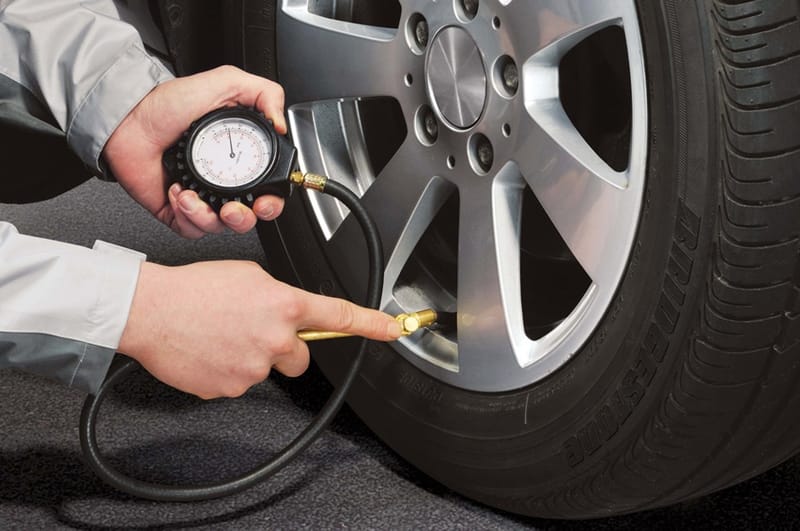Check your Tyre Pressure

Checking tyre pressure is essential for road safety, driver performance, and fuel efficiency. If it’s too high, you run the risk of excessive wear, poor vehicle handling, and low suspension. Too low, and you’ll likely experience punctures, poor fuel efficiency, and increased rolling resistance. Either way, it’s dangerous. Knowing how to check and inflate your tyres is critical to your day-to-day driving.
How to check your tyre pressure
You can use the tyre pressure gauge at a petrol stations to check tyre pressures, or you can buy an LED tyre pressure gauge.
Check the recommended tyre pressure measurement for your vehicle, this is usually found in your vehicle handbook, on the dashboard (for newer vehicles), inside the fuel cap, or on the driver’s door.
Underinflated Tyres
If the pressure is too low: you will need to add air to your tyre.
It’s crucial to inflate tyres at the right time. Tyres should be cold because warm tyres can give an incorrect PSI reading.
Overinflated Tyres
If your tyres are overinflated, you will need to deflate your tyre to the correct PSI. Remember overinflated tyres are dangerous
